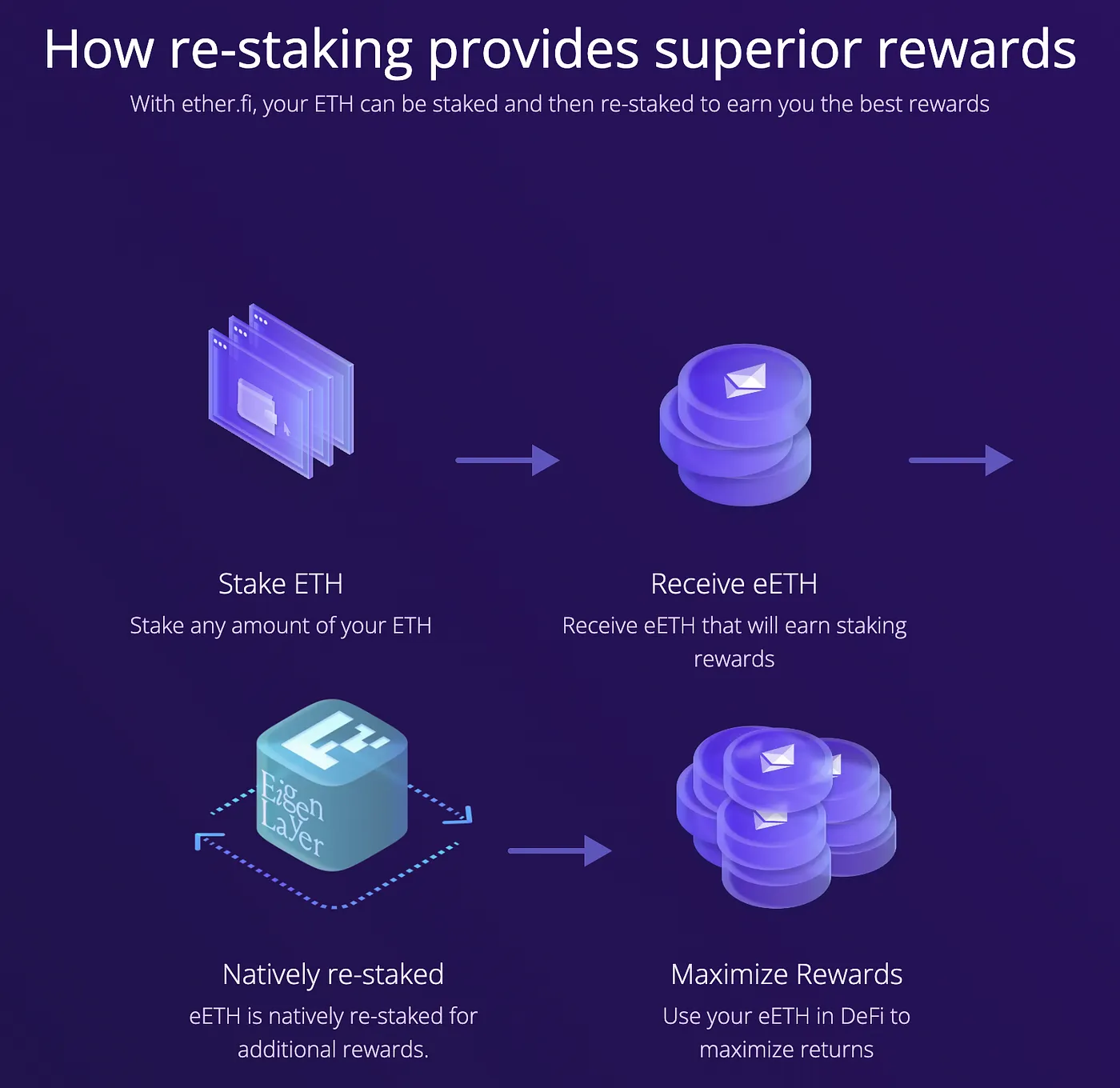A deep dive into the book VC: An American History by Tom Nicholas and the connection to investing in cryptocurrencies via Ethereum.
If you've ever found yourself marveling at the audacity of Silicon Valley or the sheer size of a venture capital fund, Tom Nicholas’s VC: An American History is your ticket to the origins and evolution of this high-stakes world. Nicholas peels back the history in layers of venture capital (VC) to reveal a world where risk meets reward, and where fortunes are made (and often lost) in the blink of an eye.
The big ideas from the book that I took away are that 1) venture capital investing is riskier than index investing on average, 2) success comes from riding the winners all the way, and 3) venture capital helps the people and general population via the innovations brought to society (ex. Google or Uber).
Now, to jump into the history of venture capital investment and how I see a great opportunity to focus my venture capital efforts now on the Ethereum staking ecosystem.
From Whaling Ships to Rocket Ships: The Surprisingly Old Roots of Venture Capital

Before you start picturing hoodie-clad tech bros in a sleek Silicon Valley office, the author Tom Nicholas takes us back to a time when venture capital was more about harpoons than hardware. Yes, that’s right—whaling! The early roots of VC can be traced back to the 19th century whaling industry. Shipowners, much like today’s venture capitalists, would fund risky whaling expeditions with the hope of a big payoff in the form of whale oil. These voyages were fraught with danger, but when successful, they yielded massive returns.
Nicholas brilliantly connects these maritime adventures with the modern-day tech startup scene, showing how the appetite for risk and the pursuit of outsized rewards have always been part of the American entrepreneurial spirit. This historical parallel isn’t just a fun fact—it’s a reminder that the DNA of VC has always been about navigating uncharted waters.
The Rise of the Venture Capital Firm: From Clubs to Powerhouses
Fast forward to the 20th century, and we see the transformation of venture capital from informal networks of wealthy individuals into structured firms with immense power. Nicholas paints a vivid picture of how post-World War II America became a breeding ground for innovation, particularly in technology. With government backing and a burgeoning tech industry, the 1950s and 60s were ripe for the rise of firms like Kleiner Perkins and Sequoia Capital.

Nicholas doesn’t shy away from the eccentricities of these early venture capitalists—people who were just as likely to invest based on a gut feeling as on any solid business plan. These were the cowboys of finance, willing to take enormous risks on unproven ideas. The result? Companies like Intel and Apple, which would go on to define entire industries.
The New Frontier: Ethereum as the Value Layer of the Internet
As we look to the future, the evolution of venture capital is increasingly tied to the digital world, particularly the rise of blockchain technology and cryptocurrencies. Nicholas’s insights into the past provide a valuable lens for understanding the present—just as early venture capitalists bet on risky, unproven ideas, today’s investors are exploring the potential of Ethereum (ETH) as the new value layer of the internet.
Ethereum isn’t just another cryptocurrency; it’s a decentralized platform that enables smart contracts and decentralized applications (dApps). This functionality has led many to view Ethereum as the backbone of Web3, the next generation of the internet, where value and ownership are embedded in the very fabric of the digital world.
Ownership of the Internet’s Value Layer
For modern-day venture capitalists and individual investors alike, Ethereum represents a unique opportunity. Investing in ETH is akin to buying a stake in the infrastructure of the future internet. But the opportunities don’t stop there—within the Ethereum ecosystem, there’s a burgeoning market for staking, where investors can lock up their ETH to support the network’s operations and earn rewards. Platforms like Ether.fi that enable staking and re-staking are leading the charge in this space, offering investors new ways to passively engage with the Ethereum network and reap significant returns.

This new frontier of venture investing, much like the early days of Silicon Valley, is not without its risks. The crypto market is notoriously volatile, and the regulatory landscape remains uncertain. Yet, for those with an appetite for risk, the potential rewards are immense. Just as the venture capitalists of old backed the companies that would define the 20th century, today’s investors in Ethereum and its staking ecosystem may be laying the groundwork for the digital economy of the 21st century.
Final Thoughts
VC: An American History is more than just a history lesson; it’s a tale of ambition, risk, and the relentless pursuit of success. Nicholas masterfully weaves together past and present, offering readers a nuanced understanding of the venture capital industry. Whether you’re a seasoned investor or just curious about how Silicon Valley became the powerhouse it is today, this book is a must-read.
And if you’re looking to be part of the next chapter in venture capital, consider the possibilities of Ethereum. Just as early venture capitalists navigated uncharted waters, today’s investors in Ethereum are exploring the new value layer of the internet. The future of innovation may very well be decentralized, but the spirit of venture capital remains the same—bold, risky, and with the potential for extraordinary rewards.
https://x.com/balajis/status/1816695480014741752
So, next time you see a tech giant’s stock like Nivida price soar, or Ethereum’s value climb, remember—it all started with a dream, collaboration, and determination to ride out the waves to find great success.
Cheers to doing your own research to get the results.







评论 (0)